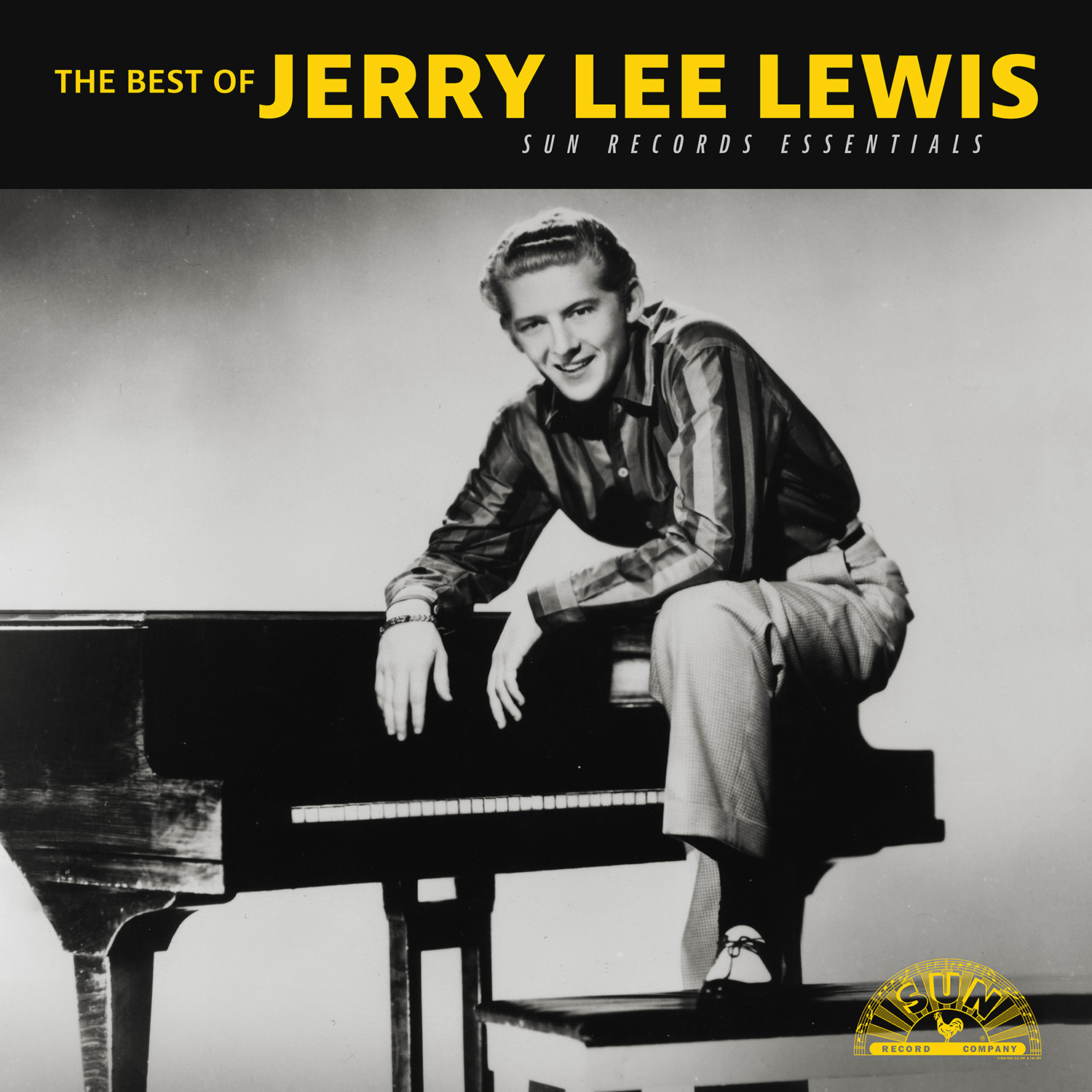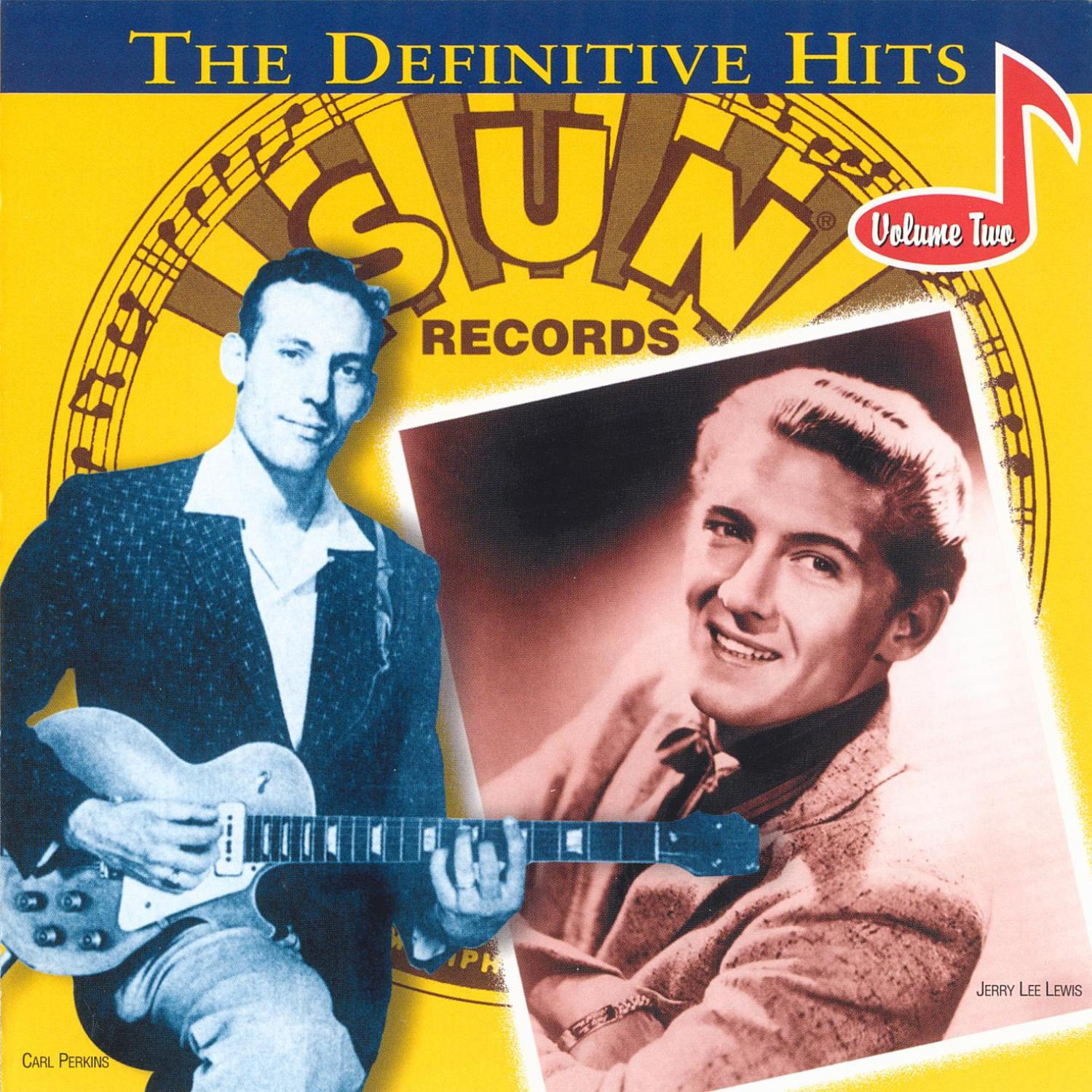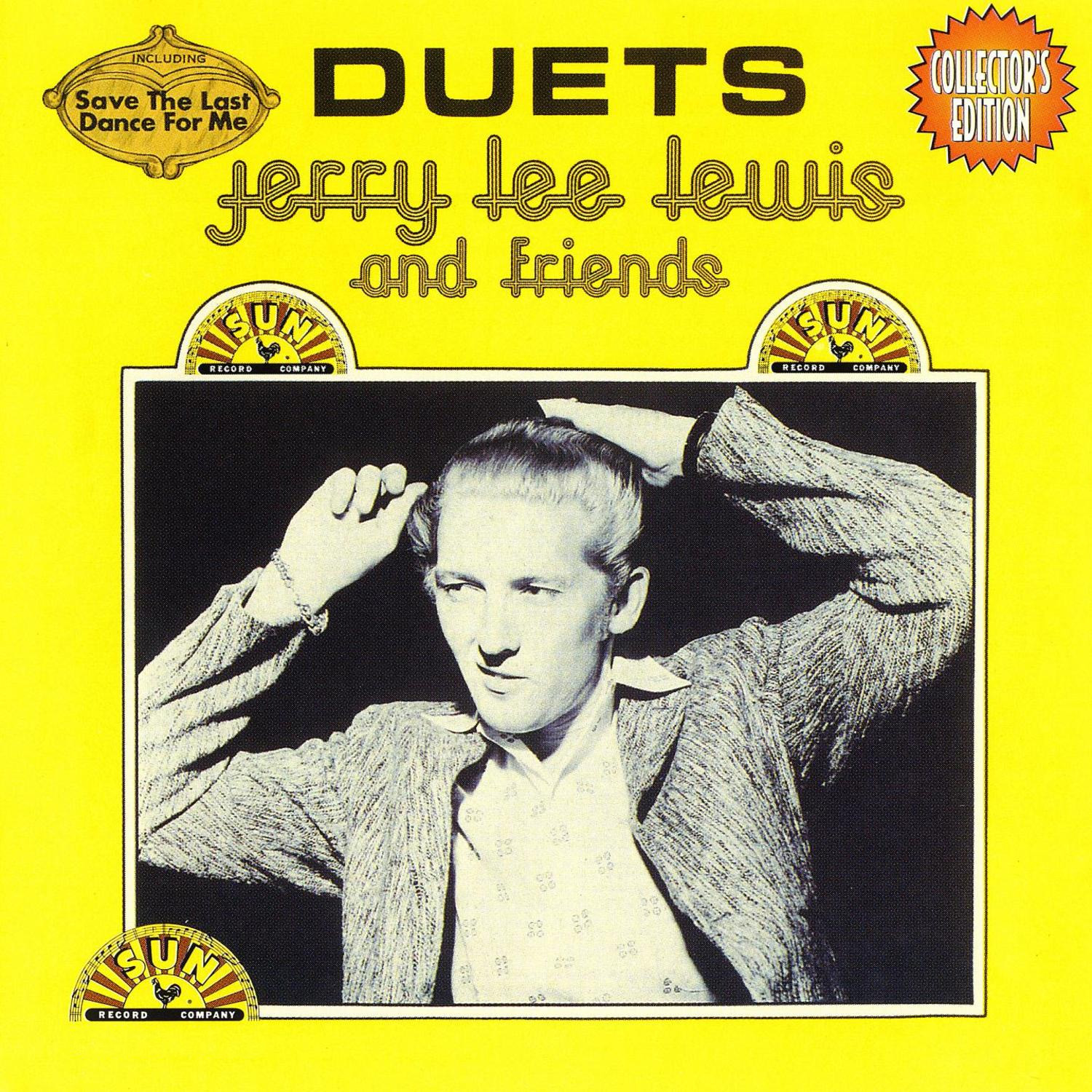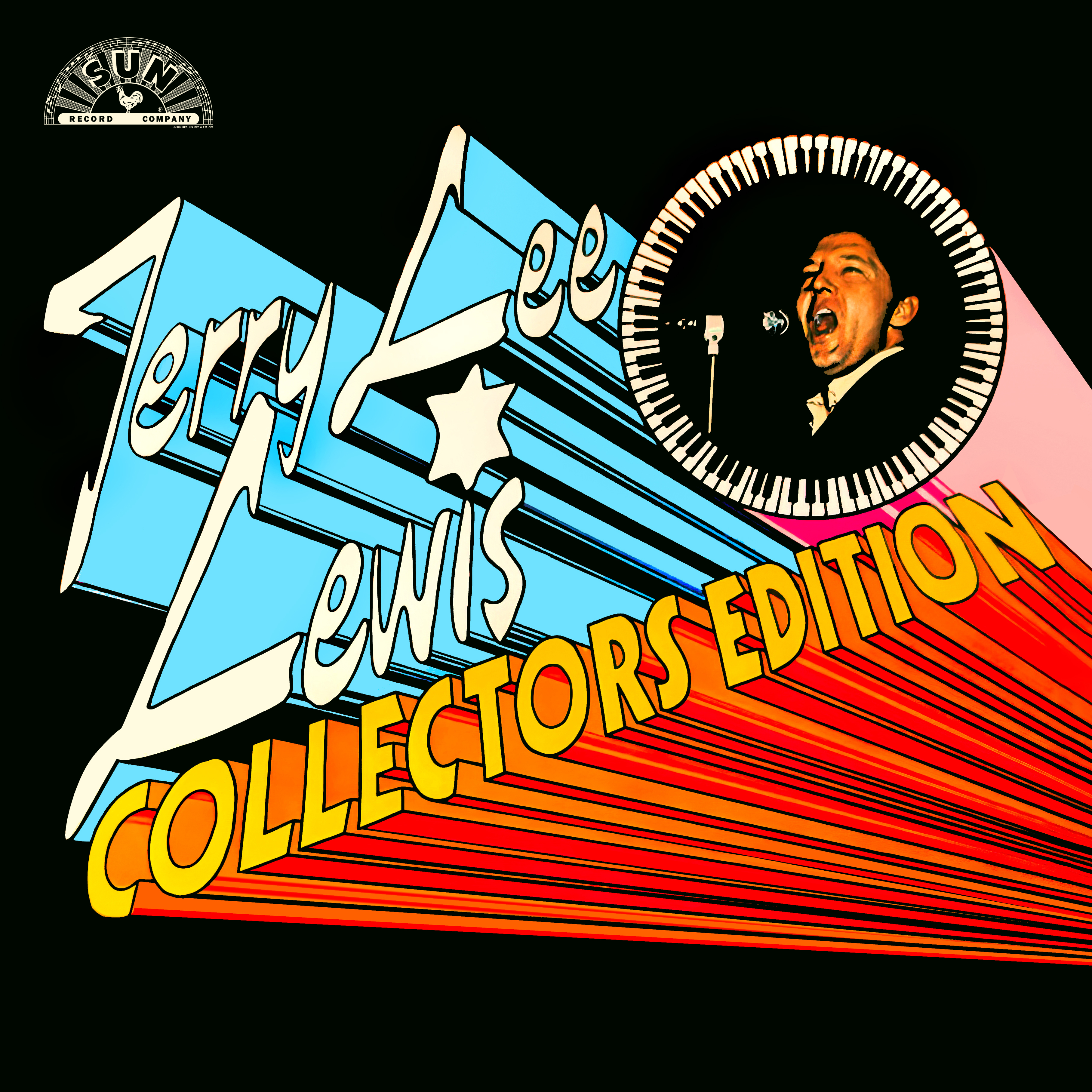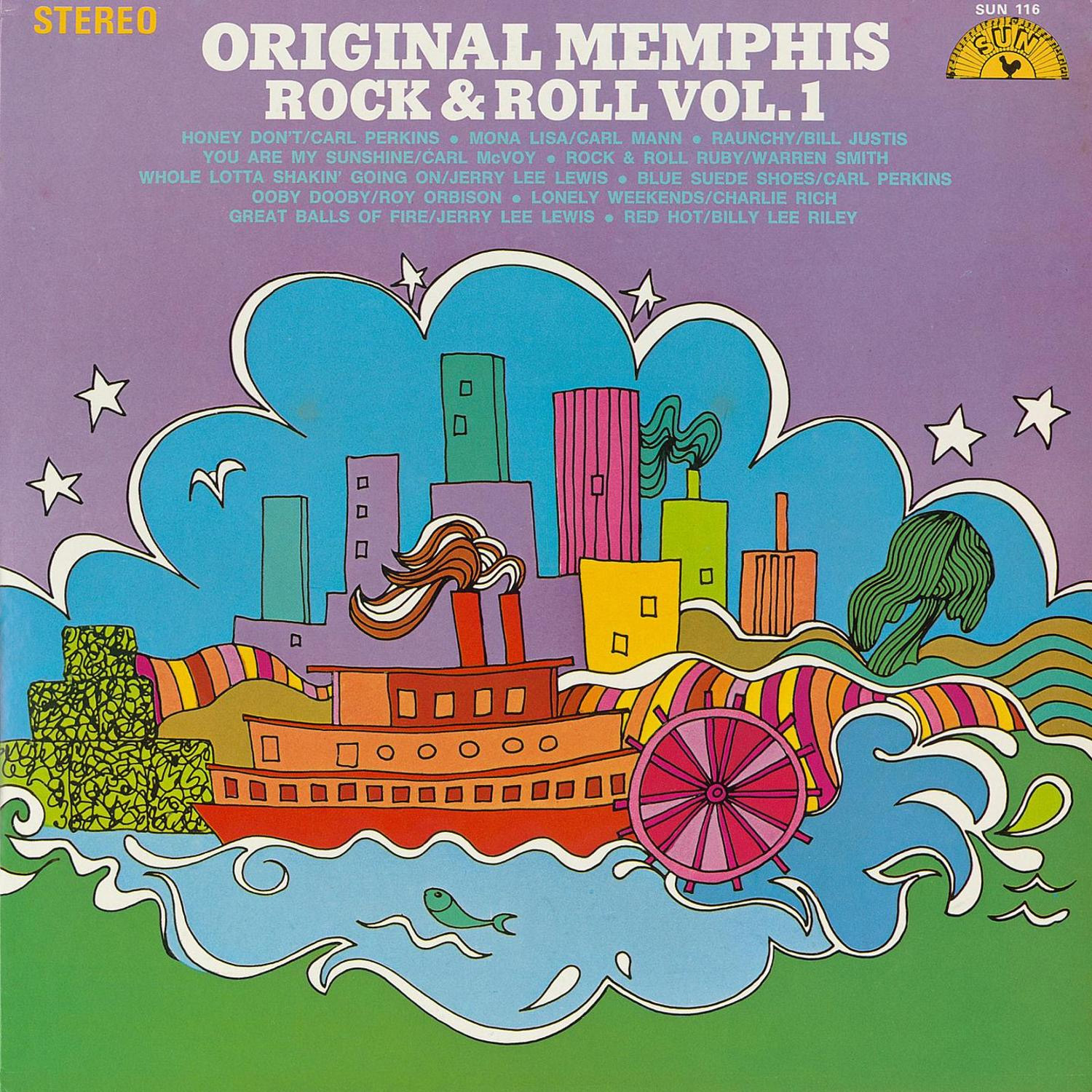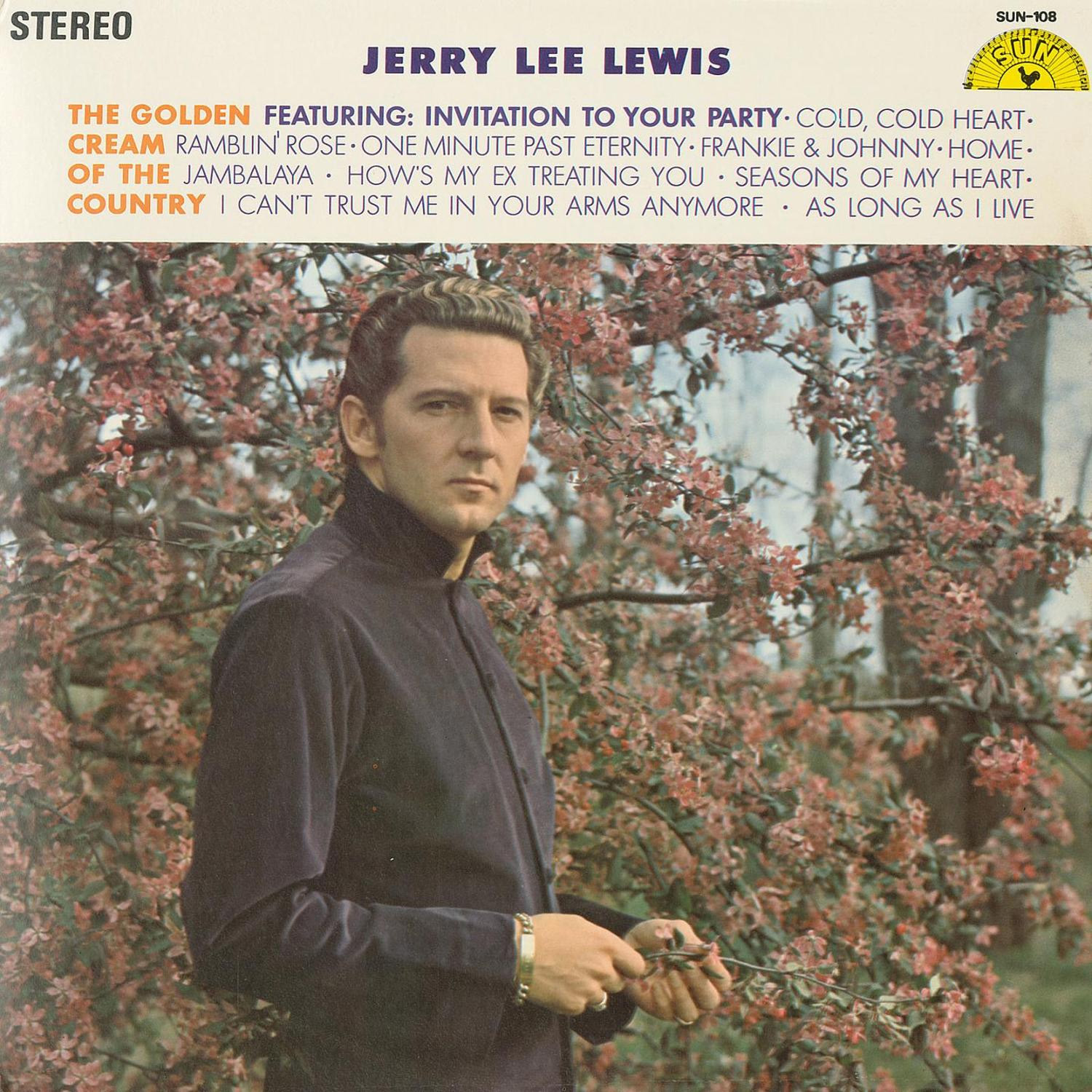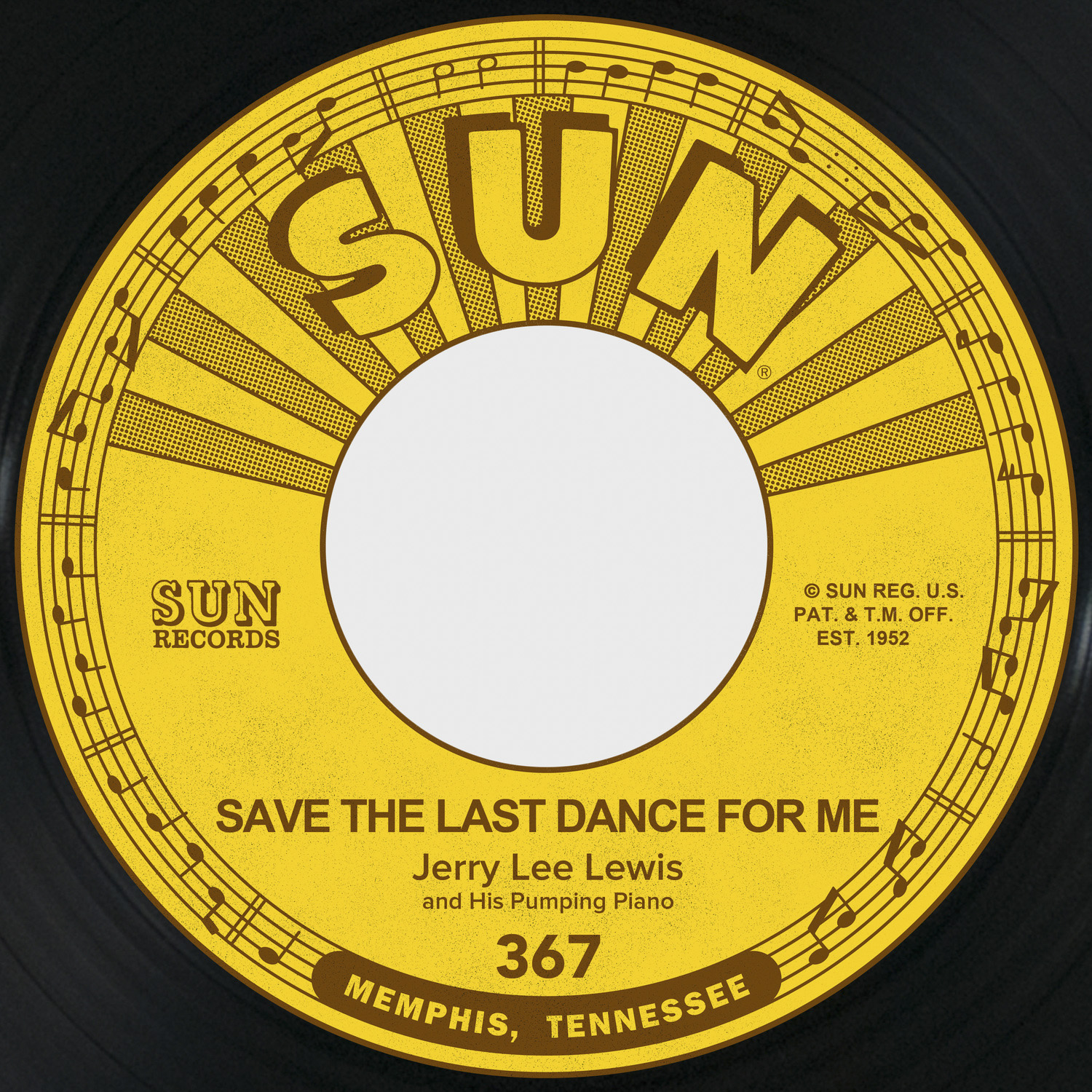Jerry Lee Lewis Biography
Jerry Lee Lewis (born September 29, 1935), also known by the nickname The Killer, is an American rock and roll and country music singer, songwriter, and pianist. An early pioneer of rock and roll music, Lewis was inducted into the Rock and Roll Hall of Fame in 1986 and his pioneering contribution to the genre has been recognized by the Rockabilly Hall of Fame. In 2004, Rolling Stone Magazine ranked him #24 on their list of the 100 Greatest Artists of All Time. In 2003, they listed his box set All Killer, No Filler: The Anthology #242 on their list of “500 greatest albums of all time”.
Lewis was born to the poor family of Elmo and Mamie Lewis in Ferriday, Louisiana, and began playing piano in his youth with his two cousins, Mickey Gilley and Jimmy Swaggart. His parents mortgaged their farm to buy him a piano. Influenced by a piano-playing older cousin Carl McVoy, the radio, and the sounds from the black juke joint across the tracks, Haney’s Big House, Lewis developed his own style mixing rhythm and blues, boogie woogie, gospel, and country music, as well as ideas from established “country boogie” pianists like recording artists Moon Mullican and Merrill Moore. Soon he was playing professionally.
His mother enrolled him in Southwestern Assemblies of God University in Waxahachie, Texas, secure in the knowledge that her son would now be exclusively singing his songs to the Lord. But legend has it that Lewis daringly played a boogie woogie rendition of “My God Is Real” at a church assembly that sent him packing the same night. Pearry Green, then president of the student body, related how during a talent show Jerry played some “worldly” music. The next morning, the dean of the school called both Jerry and Pearry into his office to expel them both. Jerry then said that Pearry shouldn’t be expelled because “he didn’t know what I was going to do.” Years later Pearry asked Jerry “Are you still playing the devil’s music?” Jerry replied “Yes, I am. But you know it’s strange, the same music that they kicked me out of school for is the same kind of music they play in their churches today. The difference is, I know I am playing for the devil and they don’t.”
Leaving religious music behind so far as performing, he paid dues at clubs in and around Ferriday and Natchez, Mississippi. He became a part of the burgeoning new rock and roll sound, cutting his first demo recording in 1954. He made a trip to Nashville around 1955 where he played clubs and attempted to drum up interest, but was turned down by the Grand Ole Opry as he had been at the Louisiana Hayride country stage and radio show in Shreveport. Recording executives in Nashville suggested he switch to playing a guitar, Lewis, even then confrontational, once recalled suggesting to one Nashville producer, “You can take your guitar and ram it up your ass!”
Two years later, at Sun Records studio in Memphis, Tennessee, producer and engineer Jack Clement discovered and recorded Lewis for the Sun label while owner Sam Phillips was away on a trip to Florida. He became a session musician playing piano for Sun artists like Billy Lee Riley and Carl Perkins. As his own career came on the upswing, hits such as “Great Balls of Fire” soon followed, and would become his biggest hit. Watching and listening to Jerry Lee Lewis, Elvis Presley allegedly said that if he could play the piano like that, he’d quit singing. Lewis’ early billing was Jerry Lee Lewis and his Pumping Piano.
On December 4, 1956, Presley dropped in on Phillips to pay a social visit while Perkins was in the studio cutting new tracks with Lewis backing him on piano. The three started an impromptu jam session, and Phillips left the tapes running. He later telephoned Johnny Cash and brought him in to join the others. These recordings, almost half of which were gospel songs, survived, and have been released on CD under the title Million Dollar Quartet. Tracks also include Chuck Berry’s “Brown Eyed Handsome Man”, Pat Boone’s “Don’t Forbid Me” and Presley doing an impersonation of Jackie Wilson (who was then with Billy Ward and the Dominoes) singing “Don’t Be Cruel. In 1957, his piano and the pure rock and roll sound of “Whole Lotta Shakin’ Goin’ On” (which in 2005 was selected for permanent preservation in the National Recording Registry at the Library of Congress) propelled him to international fame.
Lewis, though not the first pianist in that style, was a pioneer of Piano rock, not only through his sound but also through his dynamic performance. He would often kick the piano bench out of the way to play standing, rake his hands up and down the keyboard for dramatic accent, and even sit down on the instrument. His frenetic performance style can be seen in films such as High School Confidential (he sang the title song from the back of a flatbed truck), and Jamboree. He has been called “rock & roll’s first great wild man and also rock & roll’s first great eclectic.” These performance techniques have been adopted by later Piano rock artists, notably admirers Elton John, Billy Joel, and Ben Folds.
He married Jane Mitcham, his second wife, 23 days before his divorce from his first wife was final.
Lewis’ turbulent personal life was hidden from the public until a 1958 British tour, when reporters learned about the twenty-three year old star’s third wife Myra Gale Brown. She was thirteen years old, and Lewis’s first cousin once removed. The publicity caused an uproar and the tour was cancelled after only three concerts.
The scandal followed Lewis home to America, and as a result he almost vanished from the music scene. Lewis felt betrayed by numerous people who had been his supporters. Dick Clark dropped him from his shows. Lewis even felt that Sam Phillips had sold him out when the Sun Record patriarch released “The Return of Jerry Lee,” which mocked Lewis’ marital and music problems. Only Alan Freed stayed true to Jerry Lee Lewis, playing his records until Freed was removed from the air because of supposed payola problems.
Even though Jerry Lee Lewis was still under contract with Sun Records, he stopped recording. He had gone from $10,000 a night concerts to $100 a night spots in beer joints and small clubs. He had few friends at the time whom he felt he could trust. It was only through Kay Martin, the president of Lewis’ fan club, T. L. Meade, (aka Franz Douskey) a sometime Memphis musician and friend of Sam Phillips, and Gary Sklar, that Lewis went back to record at Sun Records.
By this time, Phillips had built a new state-of-the-art studio at 639 Madison Avenue in Memphis, thus abandoning the old Union Avenue studio where Phillips had recorded B. B. King, Howlin’ Wolf, Elvis Presley, Carl Perkins, Lewis, Johnny Cash, and others. It was at the new Madison Avenue studio that Lewis recorded his only hit during this period, which was a cover of Ray Charles’ “What’d I Say” in 1961. Another recording of Lewis playing an instrumental boogie arrangement of the Glenn Miller Orchestra favorite “In the Mood,” was issued by Sun under the pseudonym of “The Hawk,” but disc jockeys quickly figured out the distinctive piano style, and this gambit failed.
Lewis’s Sun recording contract ended in 1963 and he joined Smash Records, where he made a number of rock recordings that did not further his career.


